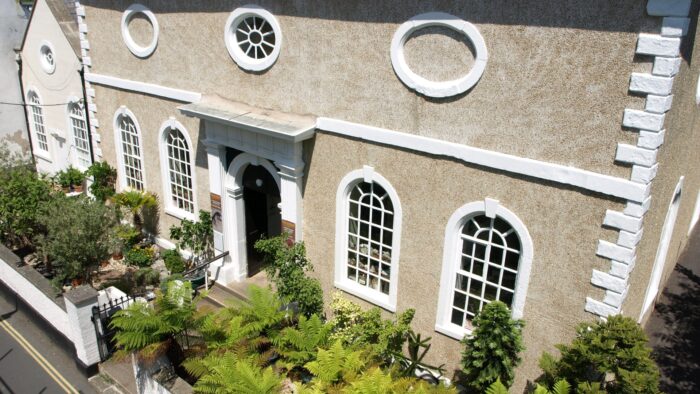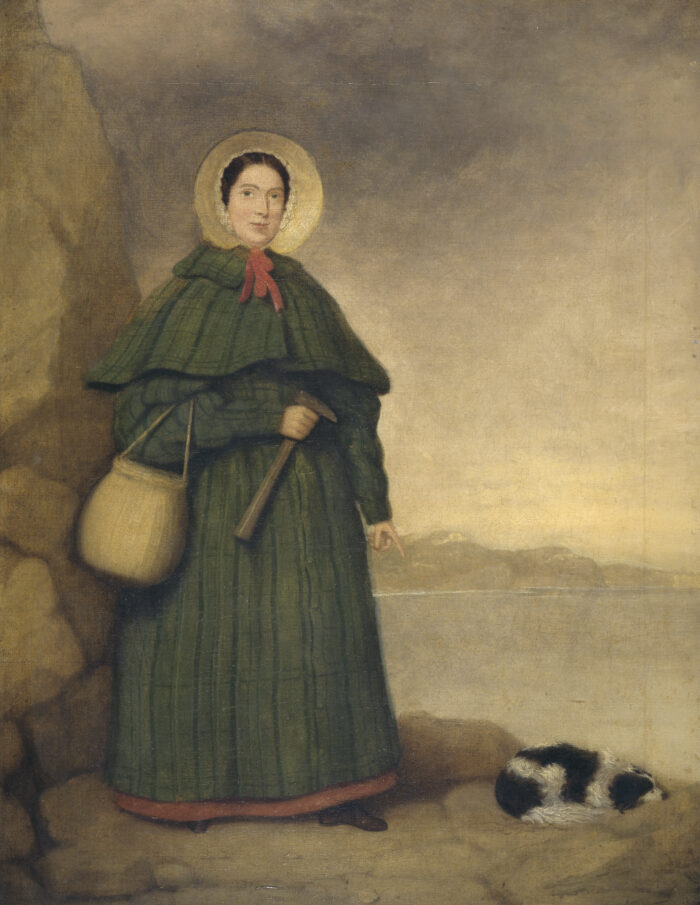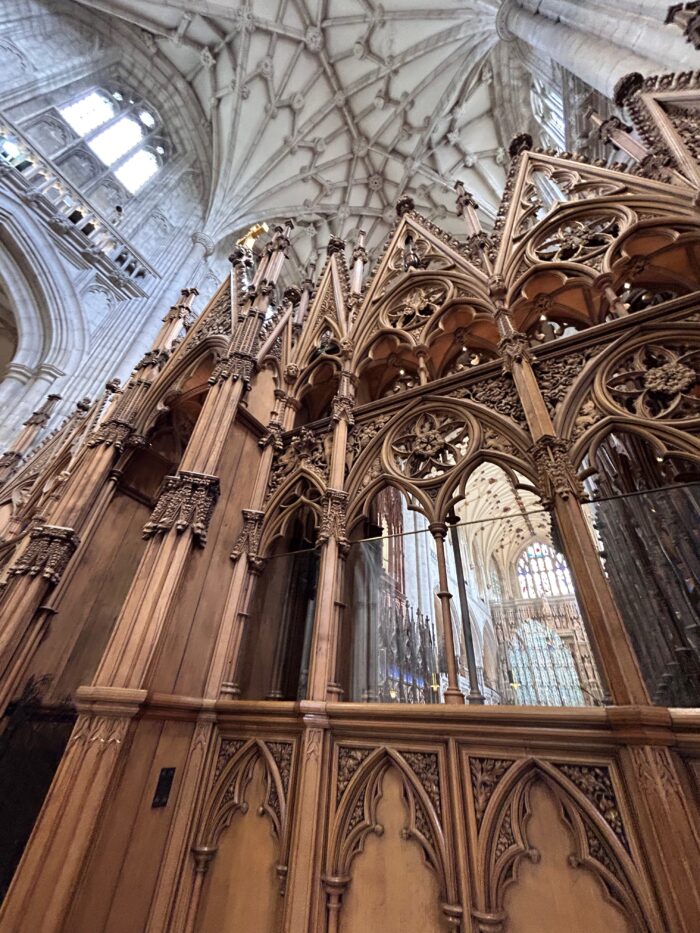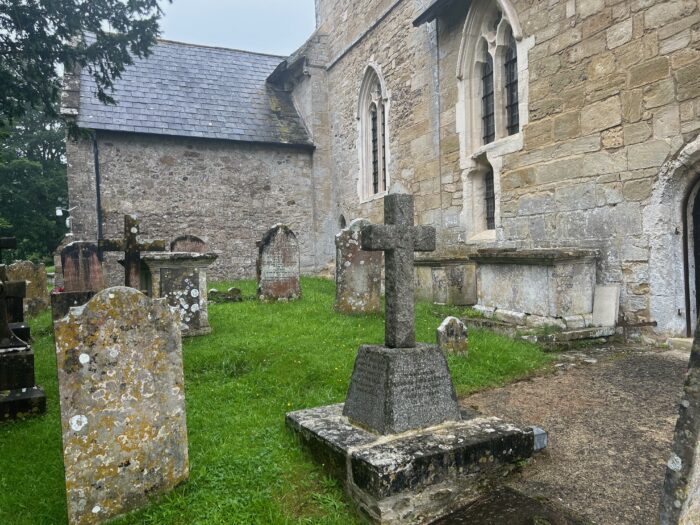Whilst every news item tells of the horrendous war raging in the Middle East, I am taking shelter down memory lane, taking a last look at R’s papers before I hand them over to the archive*. Amongst them I rediscover the several hundred bad-tempered letters (there were letters in those days) I found waiting for me, some thirty years ago, when I returned to the office after a week’s holiday.
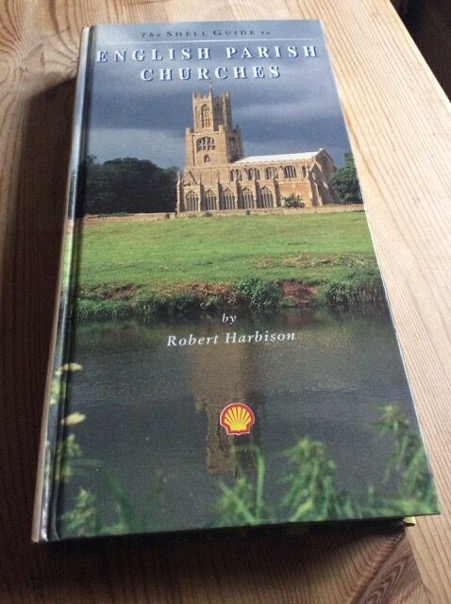
At the time I was working on R’s guide to parish churches, and the last thing I had done before leaving was write to the vicar of every church which had an entry enclosing the relevant text and asking him (or her) to let me know of any factual errors; at the same time, offering a discount, should they want to order a copy. And, in the hope of averting irrelevant comment, I ended by saying we hoped they would be happy with the description of their church and pointed out that it had been singled out from a stock of more than 18,000.
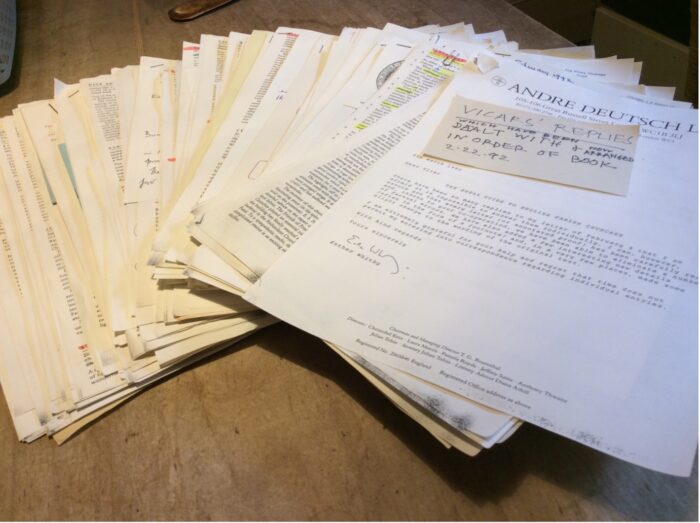
Among the flood of replies – every one of which enclosed an order for one or more discounted copies – a half-dozen were friendly and appreciative. The others ranged from disgruntled to enraged. One vicar had simply scrawled UGH! beside a common contraction. Another slashed out ‘remarkable’ (in relation to bench ends) and substituted UNIQUE. Yet another accused our author of ‘slapdash work’, though every one of his myriad complaints showed we had both Nicolas Pevsner and the RCHME on our side.
These good men of the cloth (they were mostly men) were up in arms. One actually had one of his parishioners re-write the entry and demanded payment for it, while another asked, more politely, but firmly, that his church be omitted. Yet another asked to be paid for answering and, most un-Christian of all, was the vicar who (his alarmed lady secretary rang to warn me) was planning to sue us.
Is it any surprise that most of the wars we have experienced or learnt about when we were at school have their origins in one religion or another?
But best not to forget that so many of the world’s greatest buildings and works of art, share the same foundation.
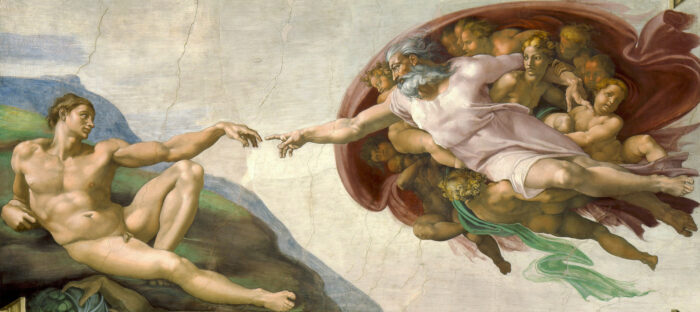
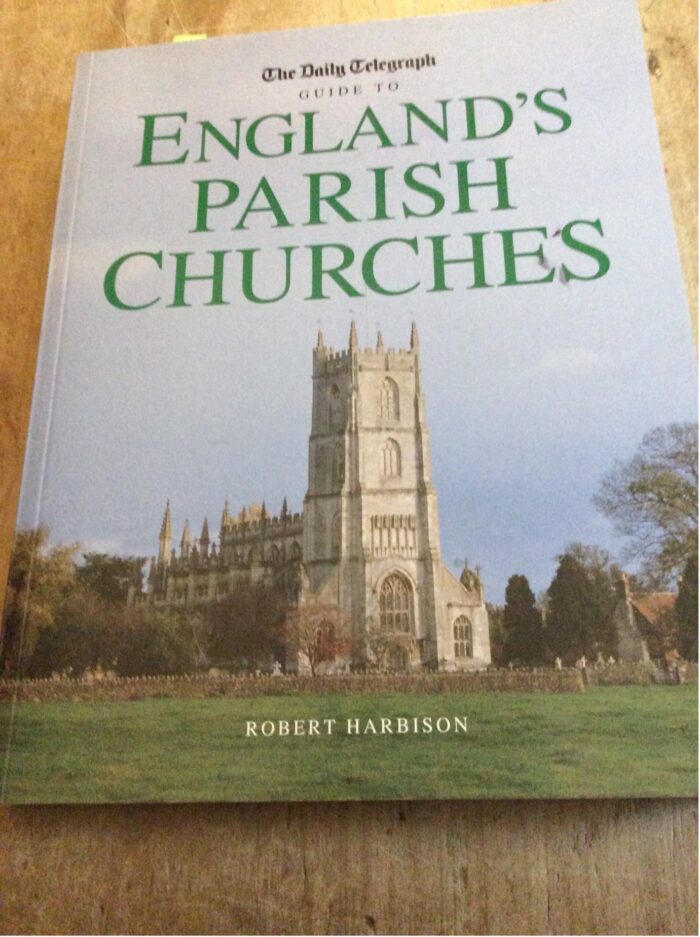
*The Archive of British Publishing and Printing, which also has a copy of the slightly enlarged edition of the guide published by that radical newspaper The Daily Telegraph.
